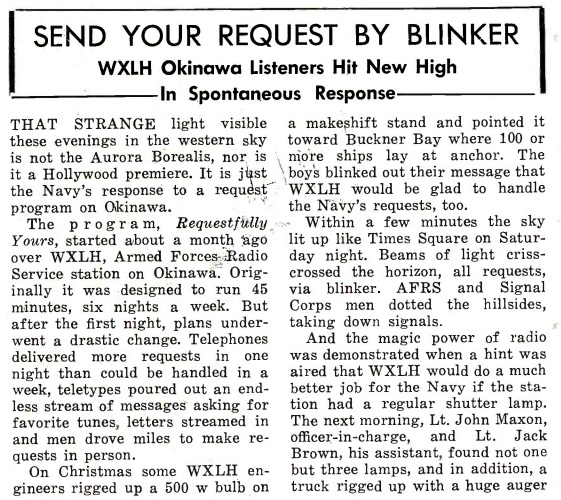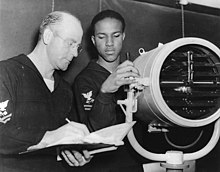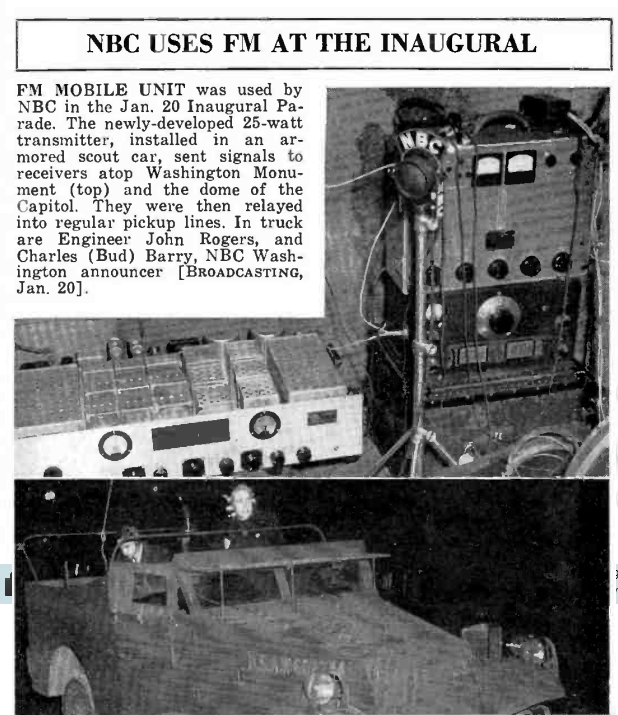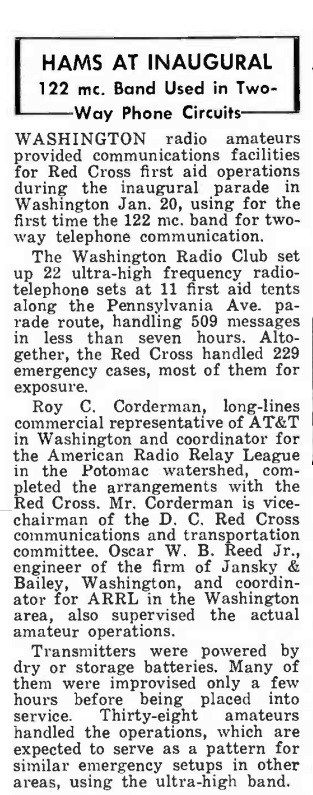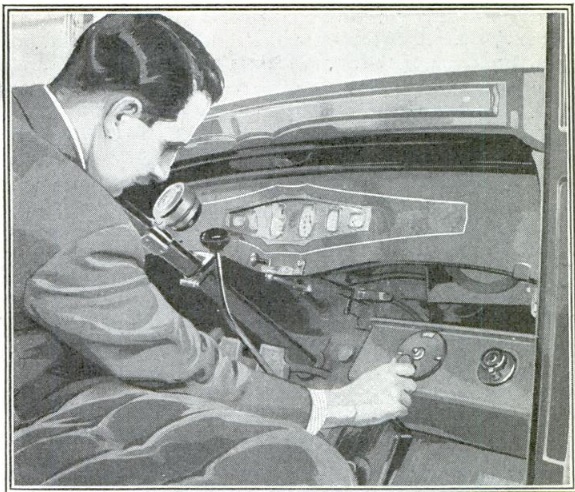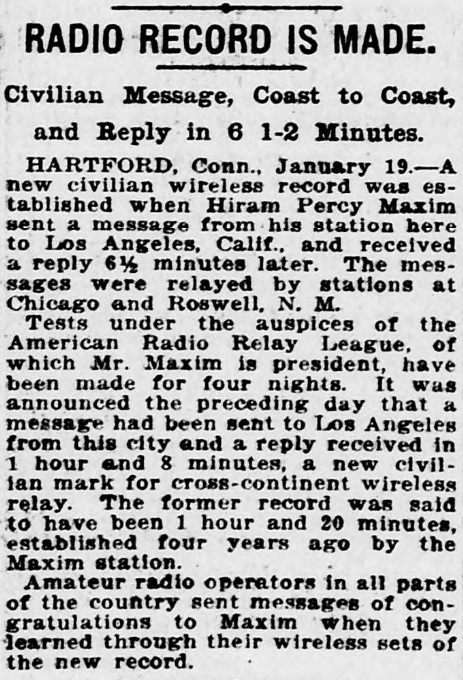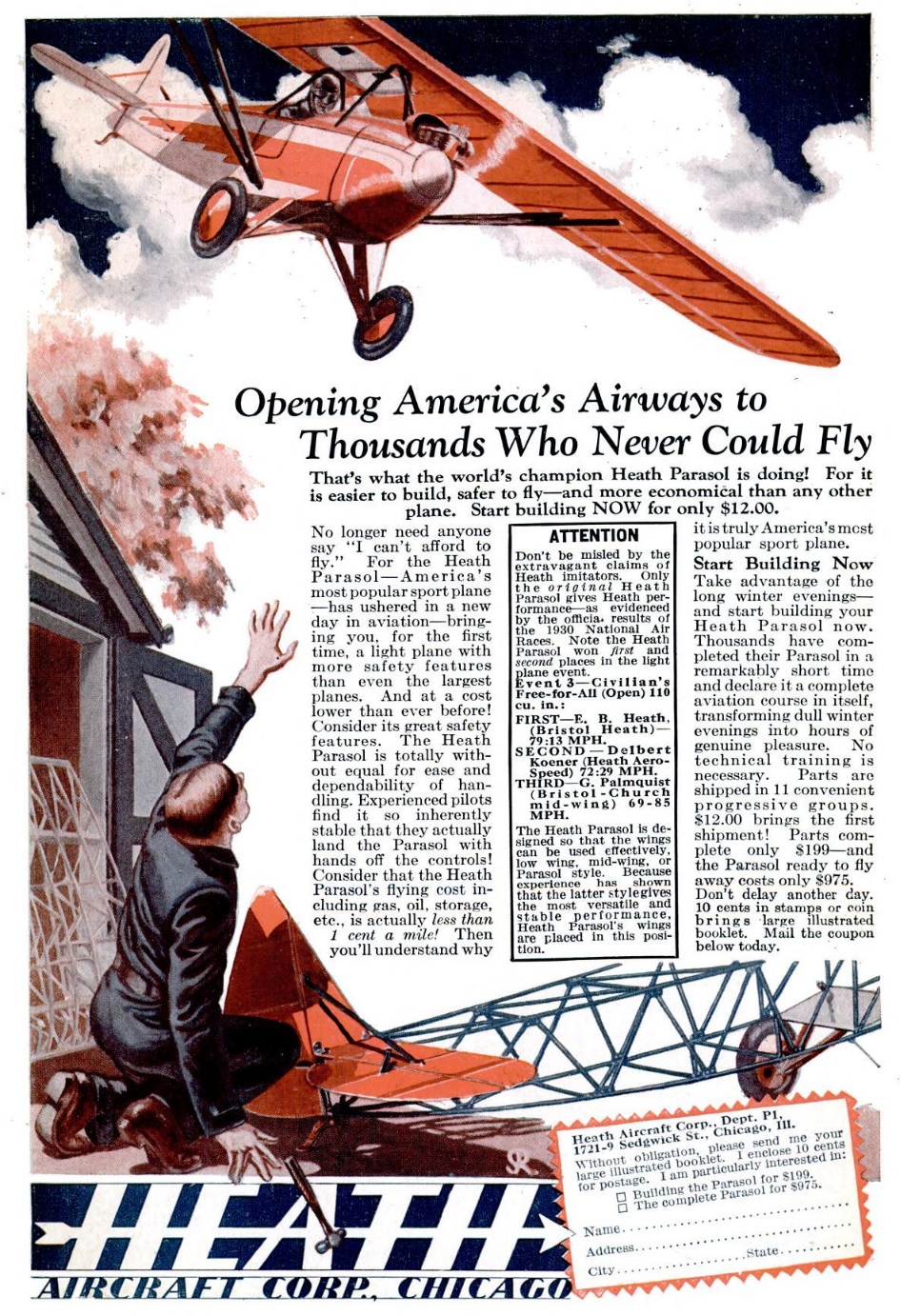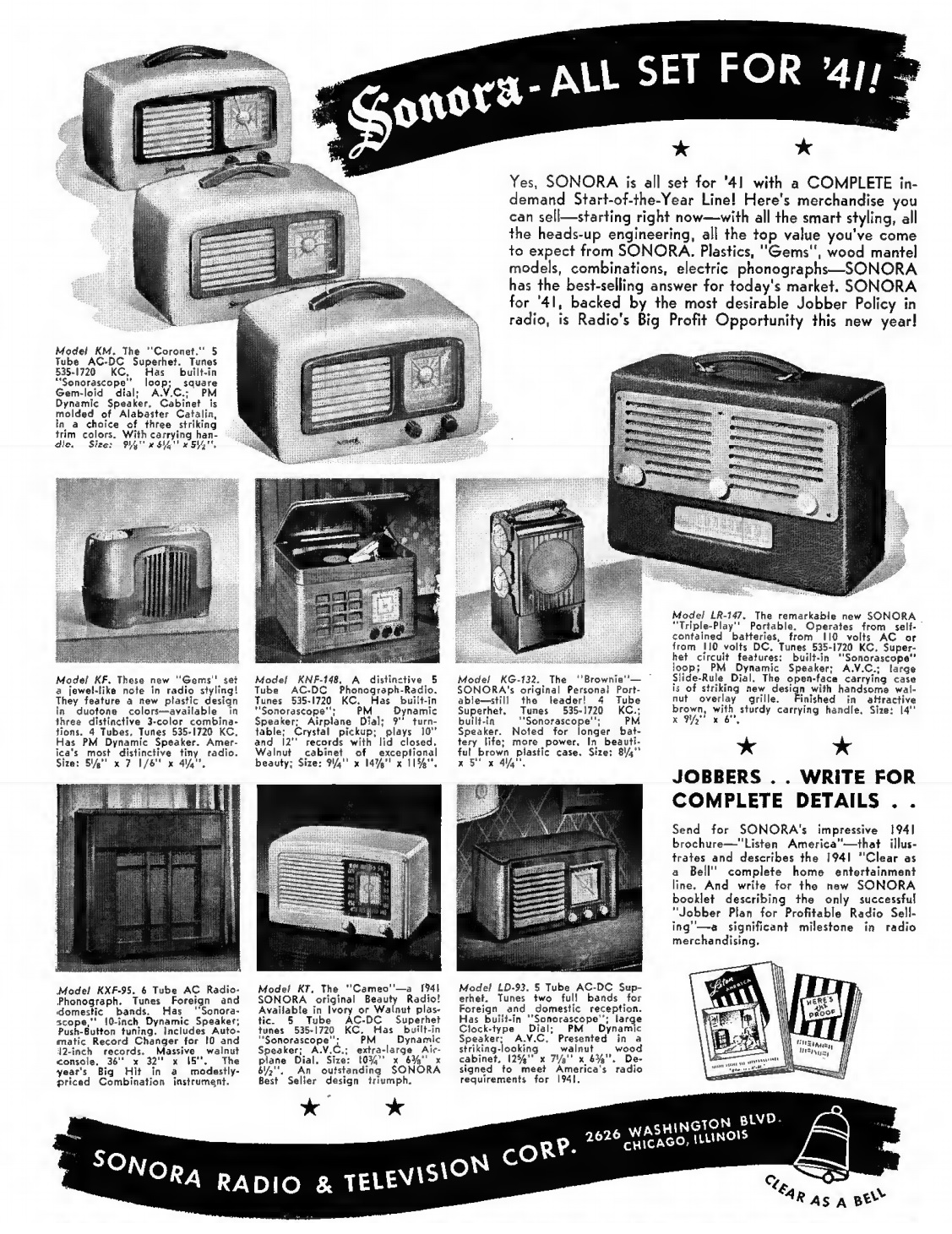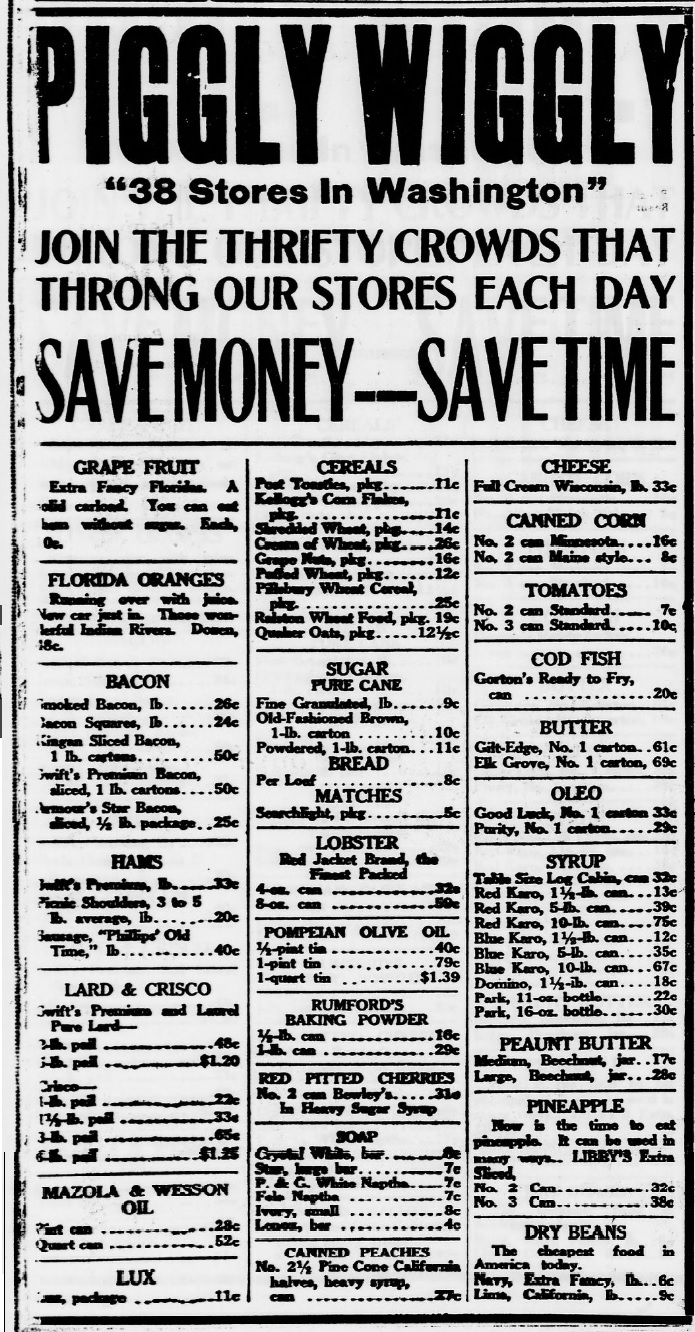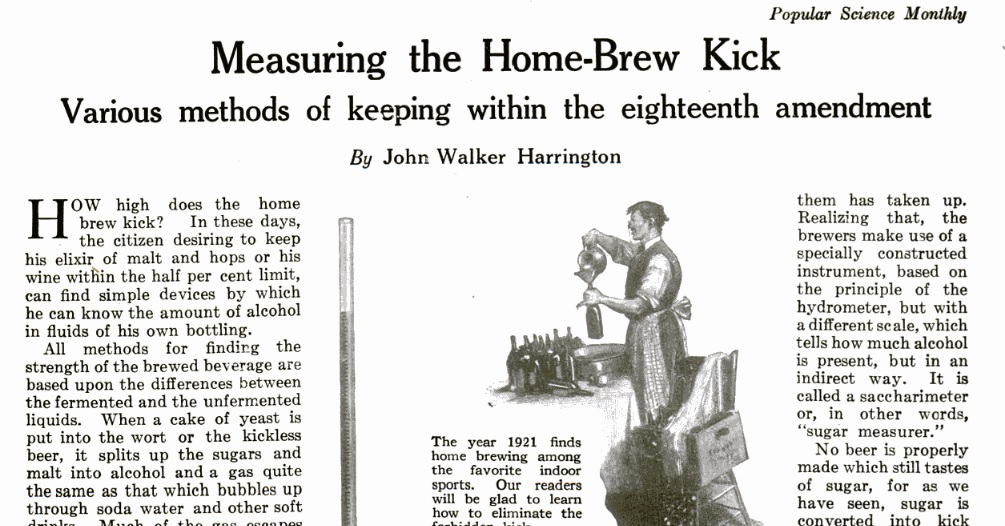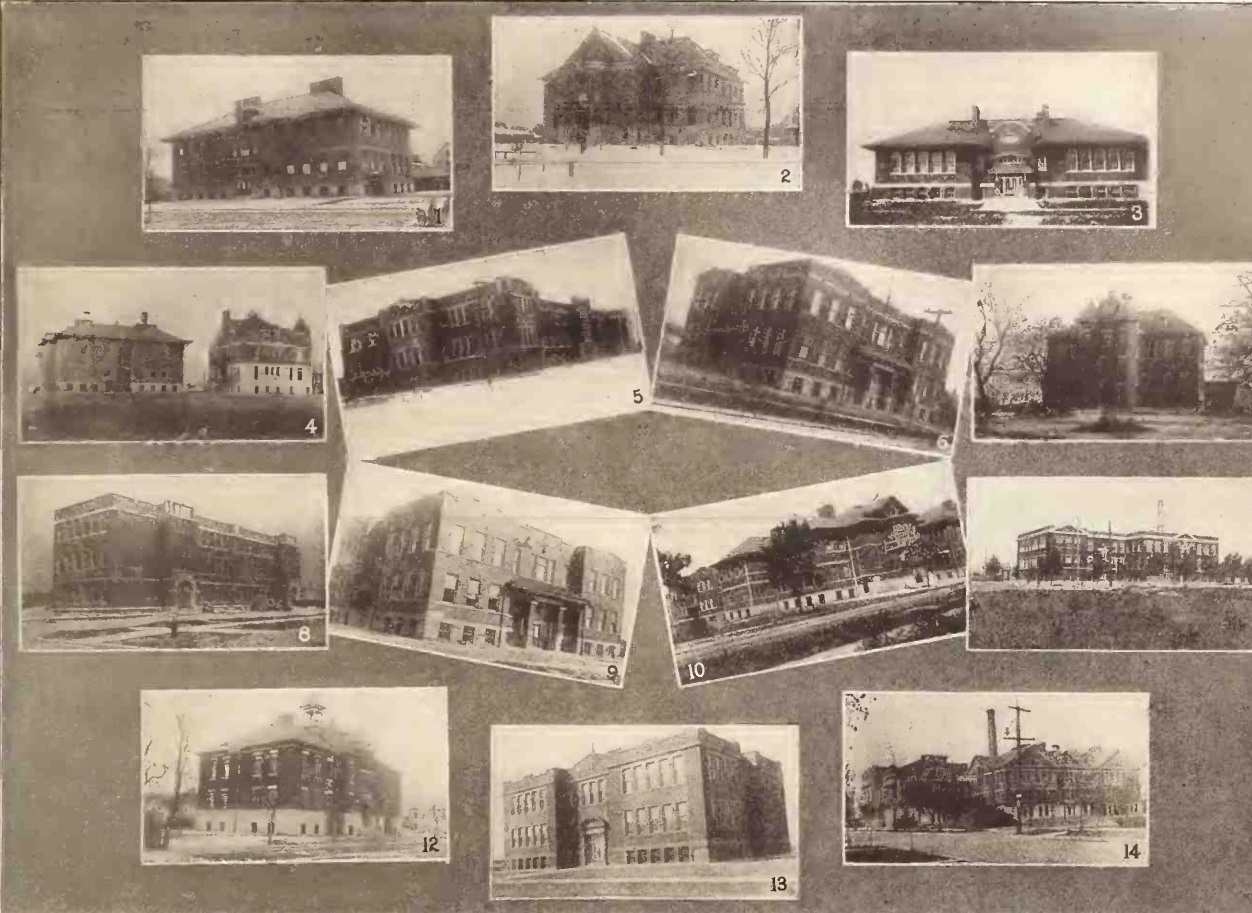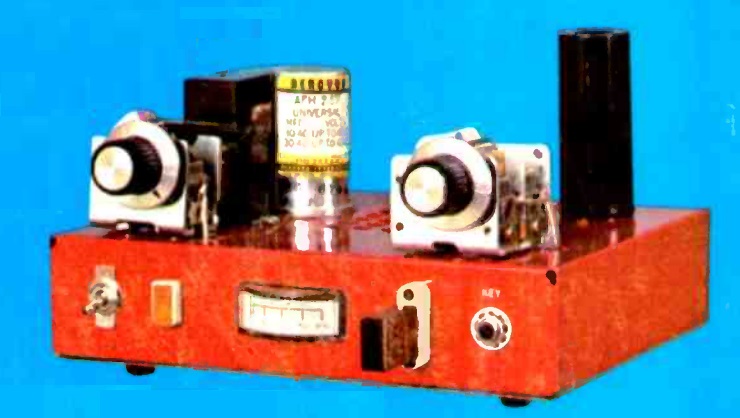 Fifty years ago this month, the January 1971 issue of Electronics Illustrated carried the plans for this transistorized CW transmitter for 40 and 80 meters. The magazine noted that even though transistors had caught on for many electronic applications, tubes were still the most common for transmitters, due not only to the high cost of RF transistors, but also due to output impedance matching problems.
Fifty years ago this month, the January 1971 issue of Electronics Illustrated carried the plans for this transistorized CW transmitter for 40 and 80 meters. The magazine noted that even though transistors had caught on for many electronic applications, tubes were still the most common for transmitters, due not only to the high cost of RF transistors, but also due to output impedance matching problems.
The design solved these problems by using high voltage transistors originally intended for audio amplifiers running off 117 volts. These allowed high impedance matching with the pi-net antenna tuner that hams were accustomed to.
The transmitter used two RCA 40321 transistors, which still seem to be available as New Old Stock (NOS) items. They were run in parallel as a Colpits oscillator. The heat sinks of the small transistors were mounted to a piece of aluminum mounted below the main chassis, which had holes drilled to allow the transistors to cool. The transmitter had an input power of 17 watts.


